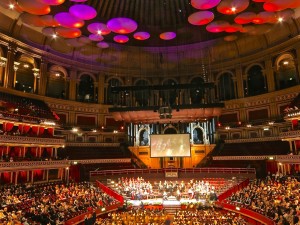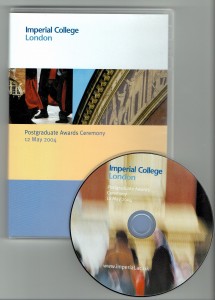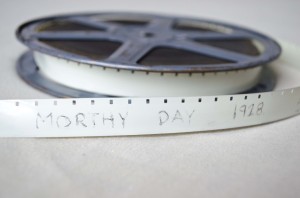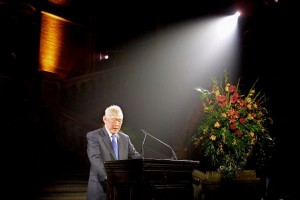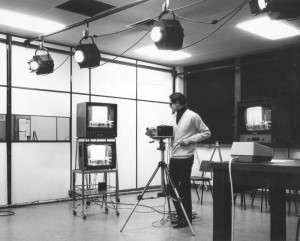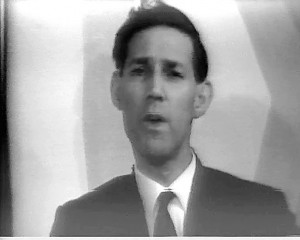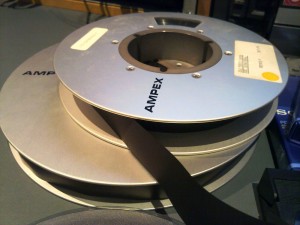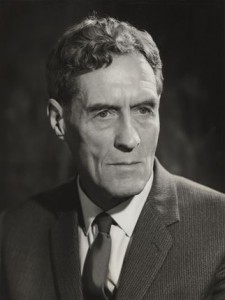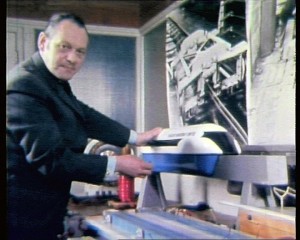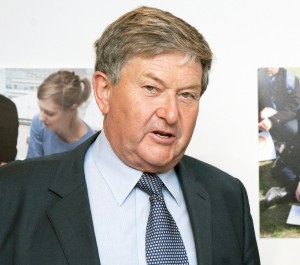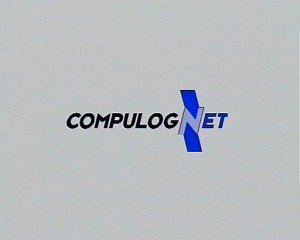 In 1996 we were asked to produce a promotional video for Compulog Net, Europe’s Network of Excellence in Computational Logic. Imperial College was one of eighty or more ‘nodes’ of this network and also acted in a managerial role. Making “The Benefits of Logic Programming” was to take us to locations in the UK, France and Germany over several months.
In 1996 we were asked to produce a promotional video for Compulog Net, Europe’s Network of Excellence in Computational Logic. Imperial College was one of eighty or more ‘nodes’ of this network and also acted in a managerial role. Making “The Benefits of Logic Programming” was to take us to locations in the UK, France and Germany over several months. 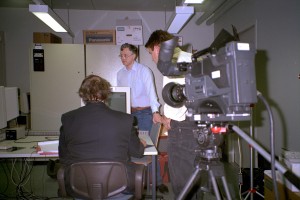 One of the biggest problems to overcome was the packing-up and transportation of the camera equipment from Imperial to locations in Europe. Extra baggage weight on aircraft and customs are things I prefer to not get involved with. The number of forms that needed to be completed, to prove to customs that we actually owned the equipment and were not trying to export/import it, was ridiculous. However, it was all overcome and we shot the required footage as planned. There
One of the biggest problems to overcome was the packing-up and transportation of the camera equipment from Imperial to locations in Europe. Extra baggage weight on aircraft and customs are things I prefer to not get involved with. The number of forms that needed to be completed, to prove to customs that we actually owned the equipment and were not trying to export/import it, was ridiculous. However, it was all overcome and we shot the required footage as planned. There 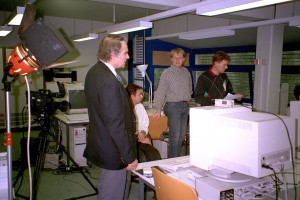 were only a few occasions when we went overseas and it’s such a pity that more departments with projects linking into Europe didn’t make professional videos like this one, especially with the potential of YouTube these days. My colleague Martin Sayers had only been with me a day or so before we went off to France to shoot some video, a nice way to start a new job! A favourite person to record our voice-overs was Michael Rodd, formally of BBC’s Tomorrows World and as usual he did an excellent job for the Compulog Net video. Michael now runs his own company Lipfriend Rodd. I shot the photos, above, whilst we were in Germany at the DFKI in Saarbrücken.
were only a few occasions when we went overseas and it’s such a pity that more departments with projects linking into Europe didn’t make professional videos like this one, especially with the potential of YouTube these days. My colleague Martin Sayers had only been with me a day or so before we went off to France to shoot some video, a nice way to start a new job! A favourite person to record our voice-overs was Michael Rodd, formally of BBC’s Tomorrows World and as usual he did an excellent job for the Compulog Net video. Michael now runs his own company Lipfriend Rodd. I shot the photos, above, whilst we were in Germany at the DFKI in Saarbrücken.
Colin Grimshaw June 2015
